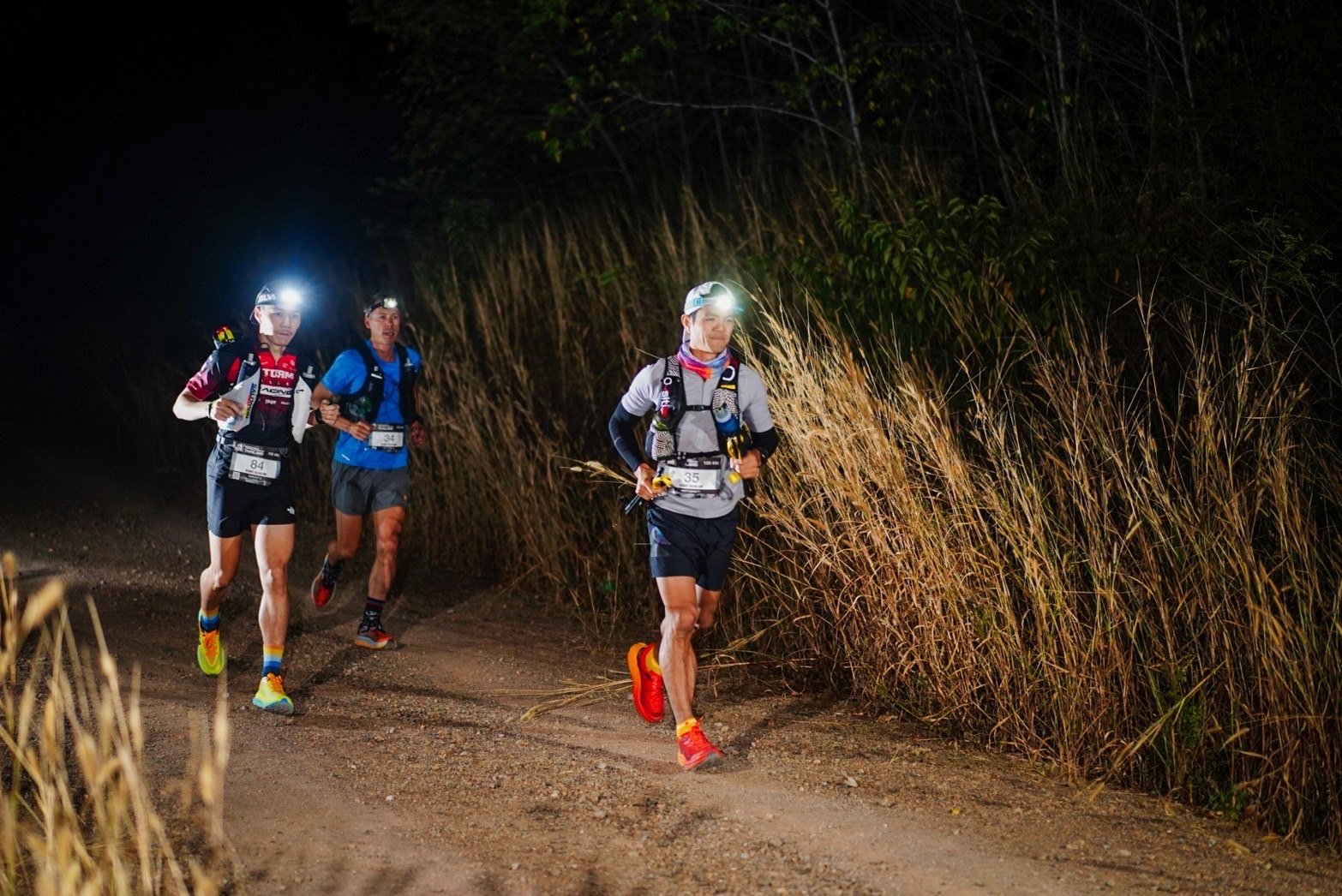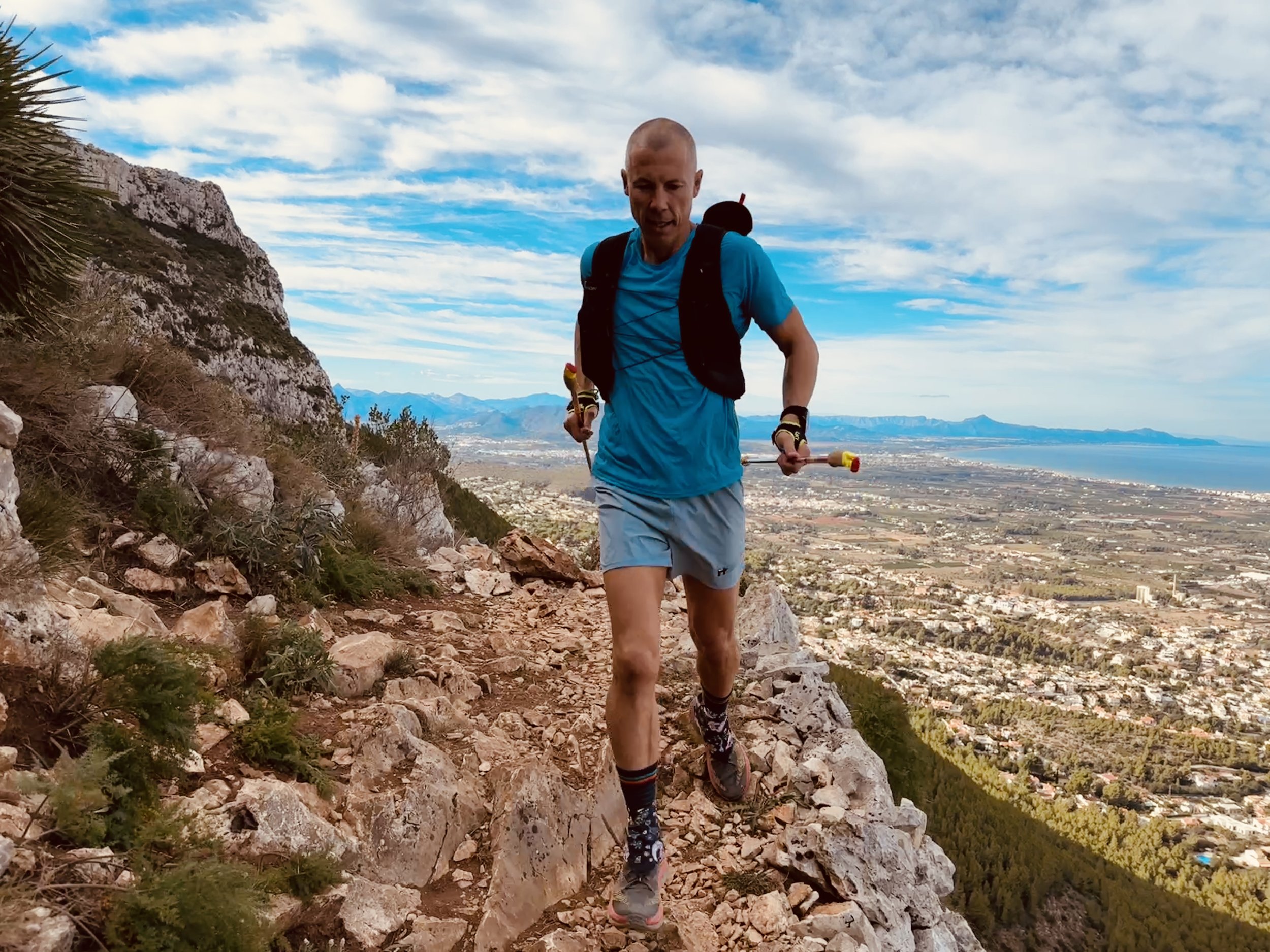Hitting the wall, also known as bonking, is a common fear for many marathon and ultra marathon runners. It occurs when your body depletes its glycogen stores, leading to a sudden and overwhelming fatigue. To avoid hitting the wall in a race, it's important to implement a well-rounded fueling and pacing strategy. Here are some tips to help you steer clear of the wall on race day:
1. Train your gut:
During your training, practice your fueling strategy. Experiment with different types of energy gels, chews, and sports drinks to see what works best for your stomach. Train your body to absorb and process fuel efficiently during long runs.
2. Proper pacing:
Don't start too fast. An overly aggressive pace can burn through your glycogen reserves early in the race. Stick to a pace that allows you to conserve energy for the later miles. For ultra marathons, this is even more crucial given the longer distance.
3. Follow a nutrition plan:
Develop a nutrition plan based on your race distance and estimated finish time. Ensure you're consuming an appropriate balance of carbohydrates, proteins, and fats in the days leading up to the race. During the event, regularly consume carbohydrates to keep your glycogen stores topped up.
4. Hydration is key:
Dehydration can exacerbate fatigue and make it easier to hit the wall. Drink regularly during the race, but avoid over-hydration, which can lead to its own set of problems.
5. Mental preparation:
Mental fatigue can contribute to hitting the wall. Stay focused and positive during the race. Break the race into smaller, manageable segments and stay motivated by celebrating each accomplishment along the way.
6. Listen to your body:
Pay attention to early signs of fatigue or depletion and respond accordingly. If you feel yourself fading, adjust your pace, take in more fuel, or even walk for a bit to recover.
7. Recovery during the race:
For ultra marathons, take advantage of aid stations to refuel and recharge. Don't rush through them – take the time to replenish your energy and give your body a break.
By incorporating these strategies into your training and race-day plan, you can minimize the risk of hitting the wall and optimize your performance in marathons and ultra marathons.
Remember, each runner is unique, so it's essential to experiment with different strategies during training to find what works best for you.




















